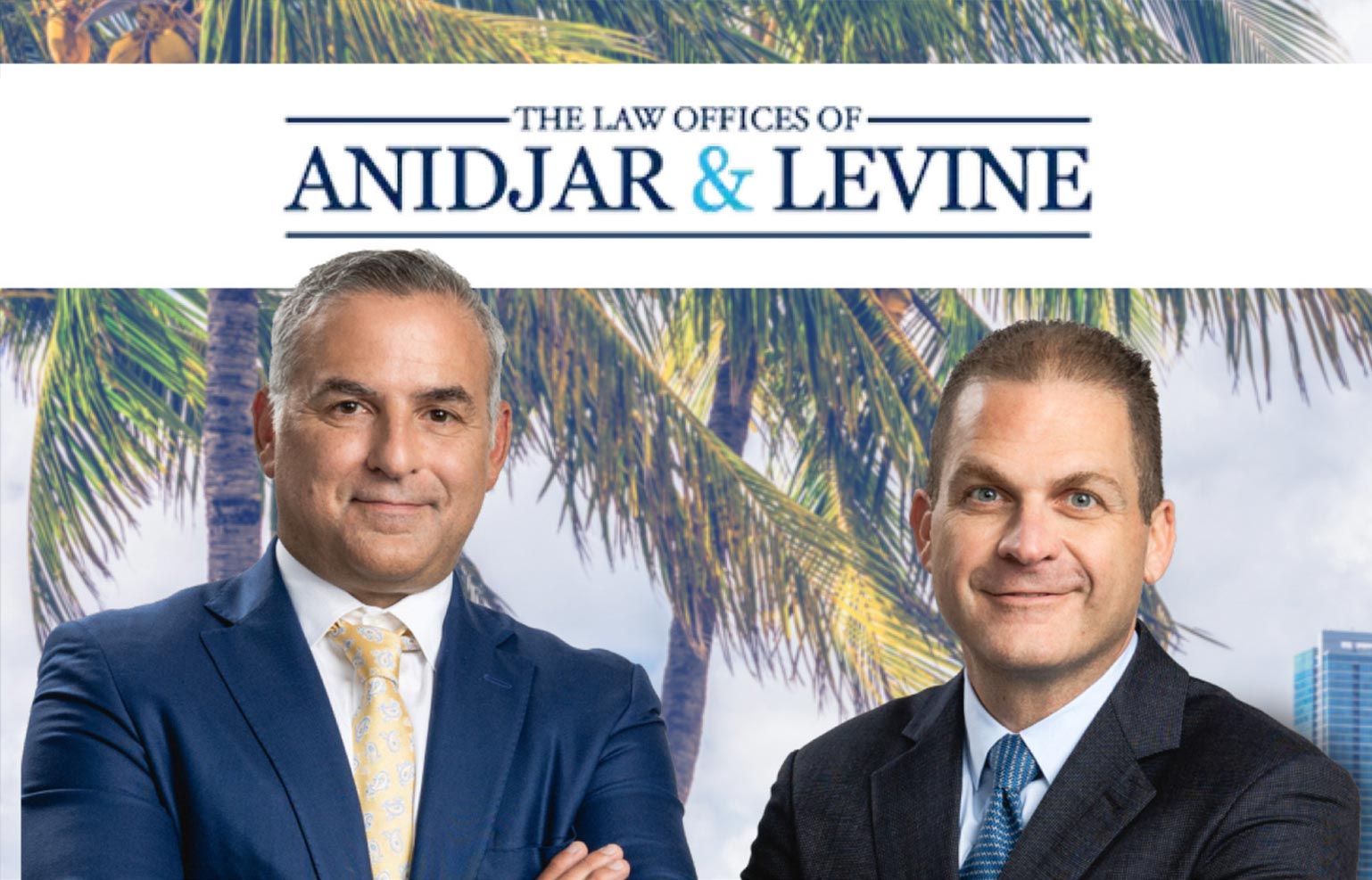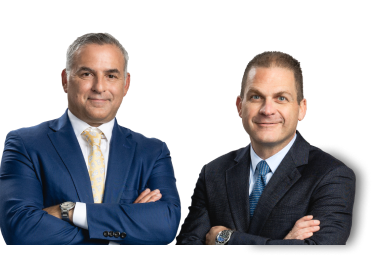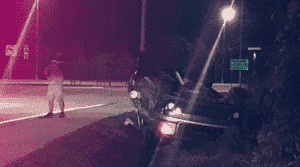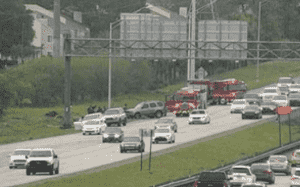
To file an underinsured motorist claim after a Miami car accident, you must first exhaust the at–fault driver‘s insurance coverage, then notify your own insurance company within the required timeframe and provide documentation showing your damages exceed the at–fault driver‘s policy limits.
Filing an underinsured motorist claim can be complex because you’re essentially filing a claim against your own insurance company. Understanding the proper steps helps ensure you don’t miss critical deadlines or requirements that could jeopardize your claim.
Navigating the underinsured motorist claim process requires careful attention to detail and strategic timing. An experienced Miami car accident lawyer can help you file your underinsured motorist claim.
Step 1: Determine If You Have Underinsured Motorist Coverage
Before filing an underinsured motorist claim after a Miami car accident, you must confirm that you actually have UIM coverage on your auto insurance policy. This coverage is optional in Florida, and many drivers don’t realize whether they purchased it until they need it after an accident.
Review your insurance policy declarations page or contact your insurance agent to verify your UIM coverage limits. The coverage may be listed as “Underinsured Motorist” or combined with uninsured motorist coverage as “UM/UIM” on your policy documents.
Understanding Your Coverage Limits
Your UIM coverage limits determine the maximum amount available to pay for damages that exceed the at-fault driver’s insurance. These limits are typically expressed as per-person and per-accident amounts, such as $100,000/$300,000.
Step 2: Exhaust the At-Fault Driver’s Available Insurance Coverage
You cannot file an underinsured motorist claim until you’ve received the maximum available payout from the at-fault driver’s insurance policy. This requirement, known as “exhausting” their coverage, must be completed before your UIM coverage becomes available.
This typically involves settling your claim with the at-fault driver’s insurance company for their full policy limits. You’ll need documentation showing you’ve received the maximum available payment from their insurer.
Obtaining Policy Limits Information
Determining the at-fault driver’s policy limits may require formal discovery through your attorney or cooperation from the at-fault driver’s insurance company. Some insurers voluntarily disclose policy limits, while others require legal pressure to provide this information.
Negotiating Policy Limits Settlements
When your damages clearly exceed the at-fault driver’s policy limits, negotiating a policy limits settlement becomes straightforward since the insurance company faces potential bad faith liability for failing to tender their full limits promptly.
However, you must be careful not to settle for less than the full policy limits without understanding how this might affect your UIM claim eligibility and recovery potential.
Step 3: Provide Timely Notice to Your Insurance Company to Start Your Underinsured Motorist Claim
Florida law and insurance policy terms require prompt notice to your insurance company when you intend to file a UIM claim. This notice must typically be provided within a specific timeframe after the accident or after you learn that the at-fault driver is underinsured.
Review your policy’s notice requirements carefully, as failing to provide timely notice can result in claim denial. Some policies require notice within 30 days, while others allow longer periods but require notice “as soon as practicable.”
What Information to Include in Your Notice
Your UIM claim notice should include basic accident information, details about the at-fault driver and their insurance coverage, information about your injuries and damages, and a clear statement that you’re making a UIM claim under your policy. Your lawyer can help you get this information together if you choose to use one.
Include copies of relevant documentation such as the police report, medical records, and correspondence with the at-fault driver’s insurance company showing you’ve exhausted their available coverage.
Documenting Your Notice
Send your UIM claim notice in writing and keep proof of delivery, such as certified mail receipts or email delivery confirmations. This documentation protects you if your insurance company later claims they didn’t receive proper notice of your claim.
Follow up with phone calls to ensure your claim has been assigned to an adjuster and is being processed according to your policy terms and applicable deadlines.
Step 4: Gather Comprehensive Documentation of Your Damages
UIM claims require thorough documentation of all damages that exceed the at-fault driver’s insurance payout. This includes medical expenses, lost wages, property damage, and pain and suffering losses that weren’t fully compensated by the at-fault driver’s limited coverage.
Organize medical records, bills, employment documentation, and other evidence supporting your damage claims. Your own insurance company will scrutinize these damages similarly to how they would evaluate a third-party claim.
Medical Documentation Requirements
Collect all medical records related to your accident injuries, including emergency room reports, physician notes, diagnostic test results, and treatment records from all healthcare providers you’ve seen for accident-related injuries.
Include documentation of ongoing medical needs, future treatment requirements, and any permanent impairments resulting from your injuries. This helps establish the full scope of your damages beyond what the at-fault driver’s insurance covered.
Economic Loss Documentation
Gather employment records showing your wages, benefits, and time missed from work due to your injuries. Include tax returns, pay stubs, and employer statements documenting your lost income and reduced earning capacity.
Document out-of-pocket expenses related to your injuries, such as prescription medications, medical equipment, transportation to medical appointments, and household services you’ve needed due to your injuries.
Property Damage Evidence
If your vehicle damage exceeded the at-fault driver’s property damage coverage, collect repair estimates, total loss valuations, and documentation of your vehicle’s pre-accident value to support your UIM property damage claim.
Include evidence of any personal property damaged in the accident that wasn’t fully compensated by the at-fault driver’s insurance coverage.
Step 5: Wait For The Insurance Company’s Assessment
Be prepared for a thorough investigation process that may take several months to complete. Your insurance company has the right to verify your damages and may challenge the necessity or reasonableness of your medical treatment.
Independent Medical Examinations
Your insurance company may require you to attend an independent medical examination (IME) conducted by a doctor they select. This examination is designed to verify your injuries and evaluate your need for ongoing treatment.
Prepare for IMEs by reviewing your medical history, bringing relevant medical records, and understanding that the examining doctor works for your insurance company and may provide opinions that minimize your injuries.
Recorded Statements and Depositions
Your insurance company may request recorded statements about the accident and your injuries. While you generally must cooperate with reasonable claim investigation requests, consider consulting with an attorney before providing detailed recorded statements.
In complex cases, your insurance company may take your deposition under oath, which requires careful preparation to protect your interests and ensure accurate testimony that supports your claim.
Step 6: Negotiate Your UIM Settlement
Once your insurance company completes its investigation, it’ll make a settlement offer based on its evaluation of your damages and policy coverage. This initial offer may be lower than your actual damages, requiring negotiation to reach a fair settlement.
UIM settlement negotiations can be challenging because you’re negotiating with your own insurance company, which has financial incentives to minimize payouts even though they’re supposed to act in good faith toward their policyholders.
When to Consider Litigation
If settlement negotiations fail to result in fair compensation, you may need to file a lawsuit against your own insurance company to recover your full UIM benefits. This decision requires careful consideration of litigation costs, potential recovery amounts, and the strength of your claim.
Protecting Your Rights During the UIM Claim Process
Filing an underinsured motorist claim after a Miami car accident requires careful attention to procedural requirements, thorough documentation, and strategic handling of negotiations with your own insurance company.
Don’t assume your insurance company will automatically act in your interest when handling your UIM claim. They have financial incentives to minimize payouts, making professional representation valuable for protecting your rights and maximizing your recovery.
If you need to file an underinsured motorist claim after a Miami car accident, contact Anidjar & Levine for a free consultation.










